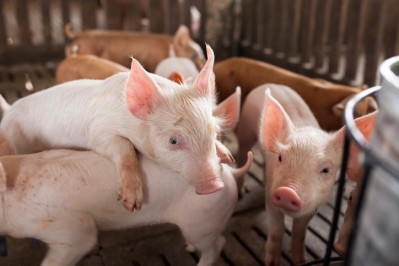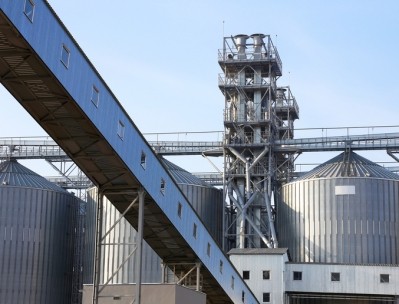Crop yield enhancement ag tech company raises $5m in funding

The agricultural-technology company has offices in New Zealand and California and announced the close of its funding round earlier in March. The Series A financing round gathered about $5m in funding from several investors including Finistere Ventures, the Radicle Growth acceleration fund and Rabobank’s Food & Ag Innovation Fund.
The funding round will help expand the work it is doing to include additional crops, like row crops such as soybeans or corn, along with supporting research and hiring decisions, said Warren Bebb, CEO of BioLumic.
“The funding will help us to focus more on seed treatments, as well as accelerate the development of seedling treatments across additional crops,” he told FeedNavigator. “It also enables us to expand our management team in key areas – especially agronomy, which will enable us to run more trials in more locations, and with more customers.”
The additional financial support also is expected to help the company implement its operational plan, he said. The effort includes bringing in new customers, developing new options for additional types of crops and expanding the company’s team.
The company has a space at the Western Growers’ Centre for Innovation & Technology in California, he said. It has been considering additional development in the area.
“We are currently evaluating space to do more research on seed treatments in California,” said Bebb. “We see California as a natural location for our commercial team.”
Investment focus
The company focuses on ultraviolet (UV) technology for use with seeds and seedlings of several crops include algae, said BioLumic. The light system seeks to improve crop yield by improving plant development, consistency and disease resistance.
Producers in California and Mexico have already implemented the light-based system and trials are ongoing in Spain and the UK, the company said. Commercial-scale trials have seen about a 26% increase in yield for some plants.
The additional funding is expected to allow the company to expand its work on technology for seeds, said Bebb. “The focus of UV seed treatments is to have an effective treatment for row crops,” he added.
"Row crops are a significant opportunity for our technology, and we have already seen significant changes in root development from early field trials with seed treatments.”
Making use of light
The main goal of using the UV technologies is to improve yields, said Bebb.
“We have evidence that our treatments increase nutrient use efficiency,” he said. “We have also achieved significant increases in root growth, so there is potential for less fertilizer usage.”
The process takes advantage of UV photomorphogenesis, he said. “The plants react to our treatments through changes in metabolic pathways and phytohormone signaling, which affect the distribution of plant resources to areas that are beneficial to the plants,” he added.
“Root development and initial plant compaction are typical responses,” he said. “Photosynthetic efficiency is another key response.”
With seedlings, the ultraviolet technologies are used once during an early stage of plant development, said Bebb. “The effects stay with the plants until harvest,” he added.
“Our UV seedling treatments take a number of days, when seedlings are growing in a seedling nursery,” he said. “The treatments fit in seamlessly with nursery operations and do not add any time to the nursery process.”
However, the process focused on addressing potential yield improvements for feed or row crops would be done at the seed stage, he said. “BioLumic UV seed treatments would be applied to seeds at a UV treatment facility, as part of the production process,” he added.
The current light system for use with seedlings has been designed to fit in a greenhouse space, he said. Although the system can be re-located, it was not engineered to be portable.












